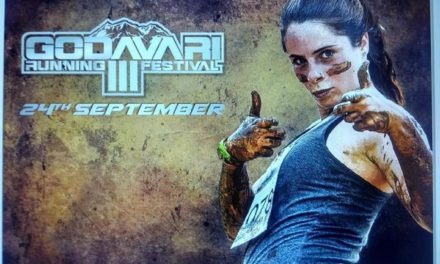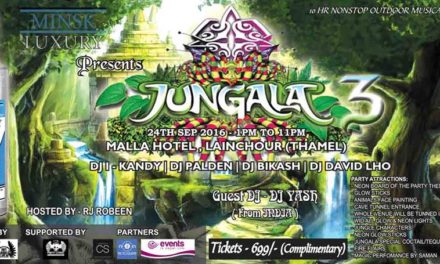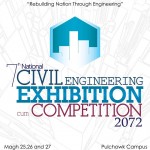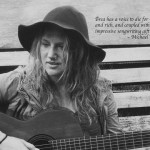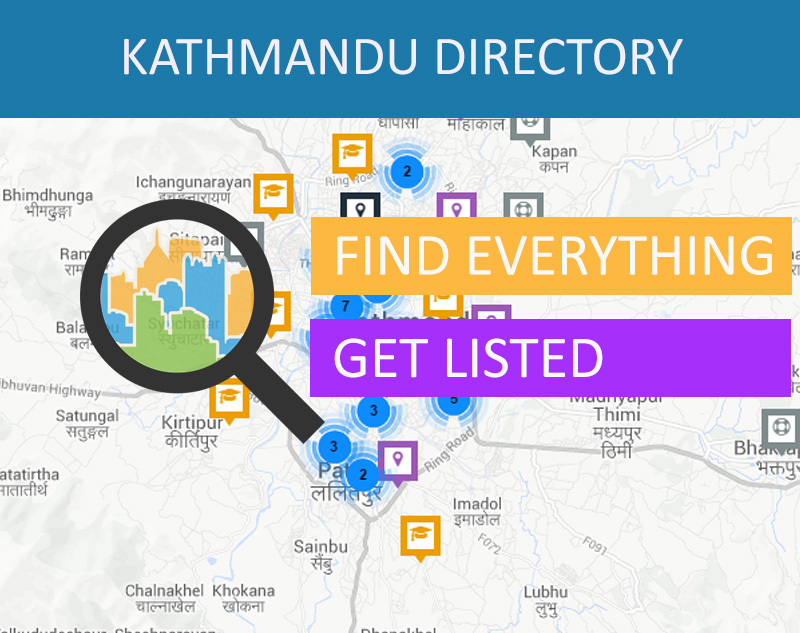
Music
Kathmandu is the centre of music and dance in Nepal and is integral to understanding the city.Various musical performances are organized in the cultural venues (Visit: Atul Gautam Memorial Society, Kirateshwor, Kapan Music Center) of the city throughout the year. The city contains prestigious musical training schools such as the Atul Gautam Memorail Society, Kirateshwor, Kapan Music Center, Asian Himalayan Music School.Many Musical bands like Sursudha, Sukarma, Sampada-The heritage band, Trikaal etc. are famous in Nepal. There are various music venues and musical performances may include the Bhanchha Ghar in Kamaladi, Bhojan Griha in Dillibazar and the Nepali Chulo in Durbar Marg. Given the importance of Kathmandu to Tibetan Buddhists, the city also attracts monks from Tibet and across the Himalayan region who in coordination with their rituals in visiting sites such as the Boudhanath, will perform music there.
Kathmandu is noted internationally for its jazz festival, popularly known as Jazzmandu. It is the only jazz festival in the entire Himalayan region and was established in March 2002. The festival attracts musicians from countries worldwide such as Australia, Denmark, United States, Benin, andIndia. The city has been referenced in numerous songs, including works by Cat Stevens “Katmandu”, Mona Bone Jakon (1970)), Bob Seger (“Katmandu”,Beautiful Loser (1975)), Rush (“A Passage to Bangkok” (“Pulling into Kathmandu”), 2112, 1976), Krematorij (“Kathmandu”, Three Springs (2000)),Fito Páez (“Tráfico por Katmandú” – “Traffic through Kathmandu”); Will Ackerman (“A Happy Home in Kathmandu”, The Opening of Doors(1993)); Tantra (“The Hills of Katmandu”, early 1980s); Ok Go “Back From Kathmandu” (Of the Blue Colour of the Sky (2010)); andGodiego (“Coming Together in Kathmandu”, 1980).
On June 9, 2008, US Cultural Envoy Gene Aitken inaugurated the Kathmandu Jazz Conservatory (KJC) in nearby Lalitpur. A 10-day workshop for over 50 music teachers and Nepali jazz educators was initially held.The mandate of the Conservatory is to create a musical environment where musicians can become knowledgeable in various musical subjects, be exposed to different music genres, and most importantly, where all musicians, from beginners to advanced, can receive a proper music education. Investment in the school has been substantial. Facilities include a music hall which can seat 200 people, a music library, a listening lab, five practice rooms, two large rooms for ensemble rehearsal and group classes, separate rooms for both drum kit and percussion instruments, a piano practice room and a recording studio.
More about Kathmandu –
| Weather | Cuisine | Facts & Figures |

